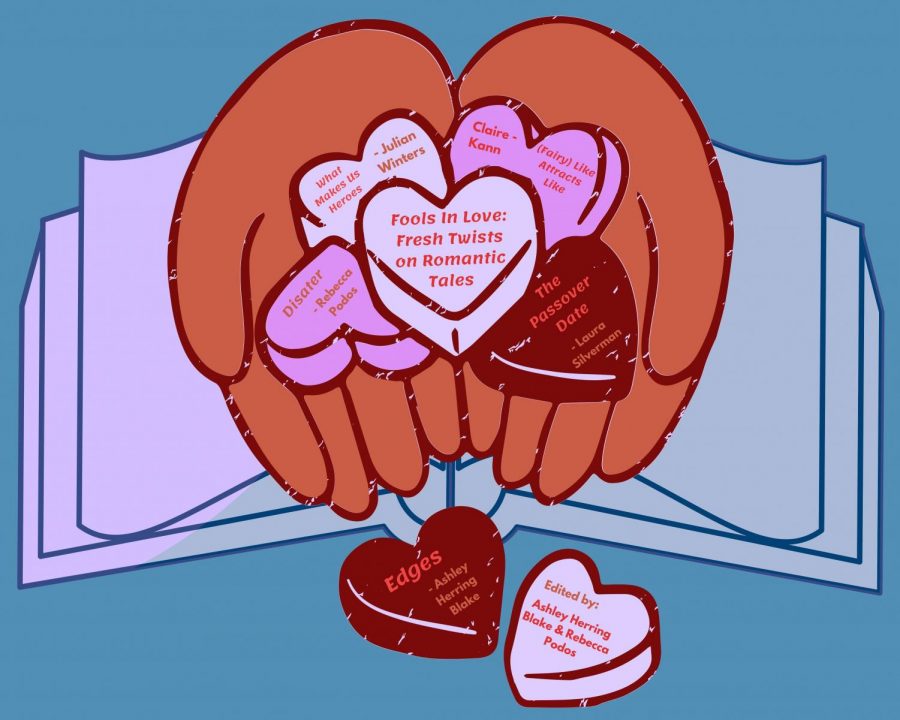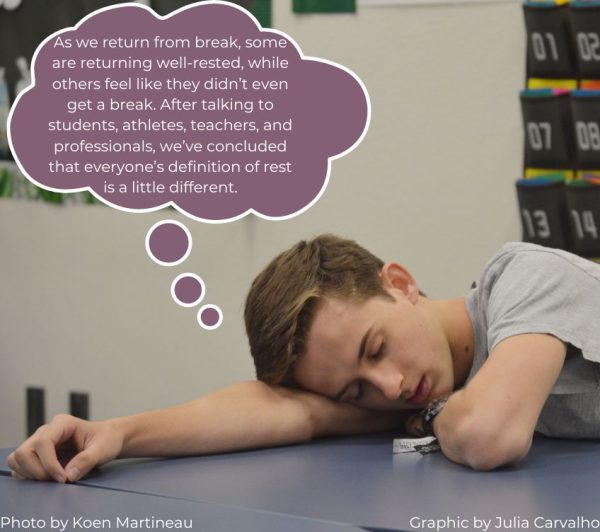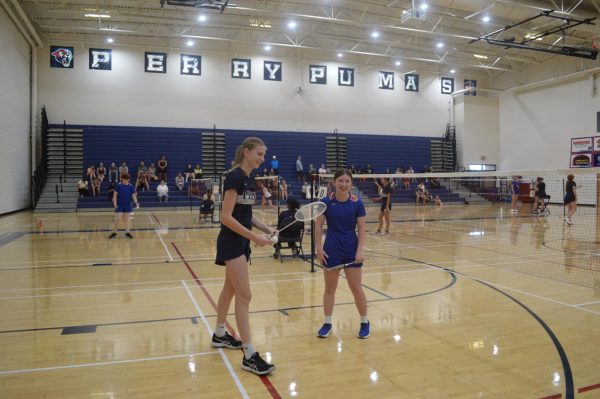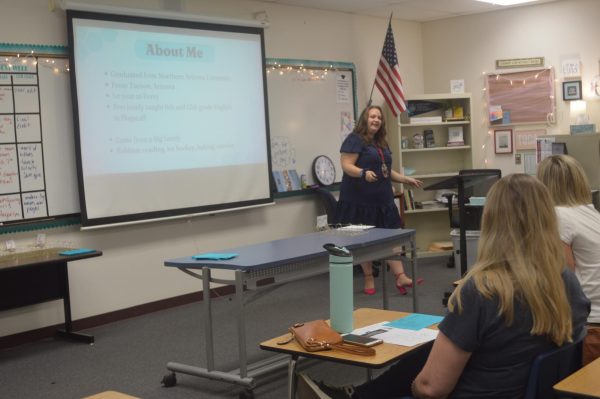Storytime with Sophie: Fools in Love: Fresh Twists on Romantic Tales
Through media such as “Booktok,” different tropes in romance novels are becoming more and more normalized. The novel, Fools In Love, explores multiple tropes in 15 short stories.
Any avid readers can recall the common tropes found in literature. A trope can be defined as a repeated roles in a relationship that can be found in media. Whether it’s “enemies to lovers” or “star-crossed lovers”, everyone has preferred tropes they flock to. The novel Fools in Love: A Twist on Romantic Tales showcases 15 short stories by different authors and different characters. Each pairing is different, with varying relationships and people of color. The stories are short as well ranging from 18-40 pages. Out of the 15, the following are five of the best.
Edges by Ashley Herring Blake, “The grumpy one and the soft one”
This short story recollects the relationship between Mac and Clover. Mac is an outsider and fulfills the grumpy character trope. Clover, contrastingly, is all sunshine and rainbows, and stereotypical queen bee, with addition of her sexuality. The duo has been hanging out in secret while Mac gives Clover Drawing lessons, and both girls begin to grow feelings for the other that are left unspoken. Eventually, the truth is revealed, and the girls decide to begin a relationship. This story embodies the “grumpy and soft” trope to a T, with Mac being quiet and sullen and Clover bright with enthusiasm. The opposing characteristics lead to an interesting dynamic. This story is fluffy and cute, but still maintains its maturity through it’s important conversations about realistic topics. Themes of isolation and sexual identity are explored in a appropriate and realistic way.
What makes us heroes by Julian Winters, “hero vs villain”
The classic conflict of good vs evil captures the attention of audiences. This novella with Superhero’s Shai and Kyan, is no exception. The hero aspect of the story is not heavily explored, but it is briefly mentioned as Shai possessing powers associated with ice and Kyan lighting. The two were friends when they were younger, but grew apart due to their families having varying opinions and beliefs. From Shai, the narrator’s perspective, Kyan is a villain who takes what he wants and breaks the rules. However, in the process of the story he sees a different side of Kyan, one that he likes- romantically and platonically. Kyan acts as Shais current boyfriend in front of Shais ex, and the duo conclude the story with a movie date and playful banter. The witty back-and-forth discussions of the two are delightful, and the evolution of the characters is interesting to see, even in the short format provided. The notion of, “what defines evil” is explored, and changing perceptions is an key detail of the story.
(Fairy) like attracts like– by Claire Kann, “Mutual pining”
Glory and Nia share their story of mutual attraction that is not shared with the other, due to the fear of the other girl not sharing the same feelings. Both girls adopted and with powers (truth-telling and wish-granting) work for the same sleepaway camp. Each girl has feelings for the other, but is too afraid to share it in the fear that the feelings will not be reciprocated. However, after a bet is made between the duo of who is the better performer, truths are revealed and love blossoms. This novella provides a sweet, healthy queer relationship, with representation as well. Nia is described as being plus-sized, as well as a woman of color. The discussion of the girls powers is not very developed and explained, with the romance taking the forefront. The powers aspect doesn’t take away from the story, but it does not add to it either. This chapter focuses more on the romance, and with so many toxic queer relationships in media, this story is a breath of fresh air.
The Passover Date– by Laura Silverman, “Fake Dating”
The unfortunate conundrum of family events and their expectations can lead to desperate circumstances. For example, in this story Rachel asks her old best friend, Matthew to be her date to Passover’s. In a case of miscommunication, their once friendship fizzled out in high school when each person assumed the other didn’t want to be friends anymore. However to avoid her family scrutiny, Rachel asks Matthew to pretend to be her boyfriend for the night. He agrees, leading to a night of reconnecting and eventually the sharing of long held secrets. The story also gives a view into Jewish culture and it’s customs- including the holiday of Passover and it’s foods and traditions. Overall, the bond between Matthew and Rachel is genuine and readers will enjoy seeing their relationship develop.
Bloom by Rebbecca Barrow, “Love Transcends Space-time”
Grappling with notions of time travel and missed opportunities, this story shares the long- spanning love between Mera and Delphine. The narrator Mera is time- traveling with the intent of saving her mother in 1992, but in the process she stumbles across Delphine. The two have an intense connection, and spend every moment they can together. However, after a mistake, Mera is stuck in her present time unable to reach Delphine again. This story, being one of the longest in the list, is more developed and deep with its characters. The novella contains the mixing of past and present elements, culminating the two in a way that is easy to read. The Sapphic love story between these two is an easy read, that leaves readers with its sweet remnants.
The unique writing of this novel is a refreshing take of Young Adult literature. Those with short attention spans can enjoy its fast-paced nature. Overall, the writing is modern and includes references its readers can actually understand and relate to. The only downside of this novel format is that if readers love a specific couple, they may be left unsatisfied with the few pages they are provided. Fools in Love provides readers with a better idea of what their preferred tropes are, as providing short and sweet romantic tales.

Sophie Barkett is a junior at Perry High. This is her second-year writing in the newspaper, and she is the Reviews/ Opinions editor. Her beats this year...

Logan Cogley is a freshman at Perry High School and is in his first year of being apart of The Precedent. He is very excited to cover Girls and Boys Volleyball,...





